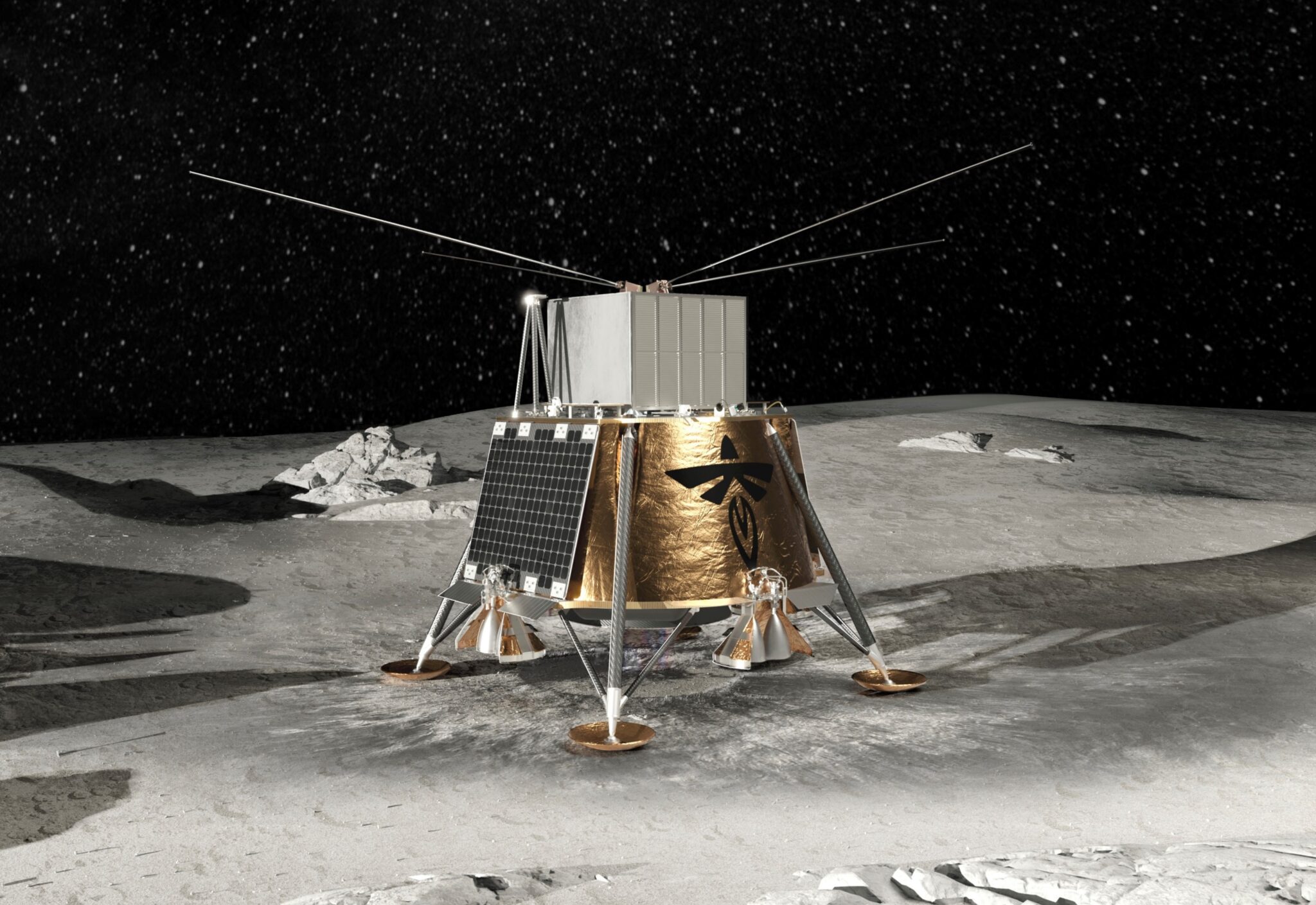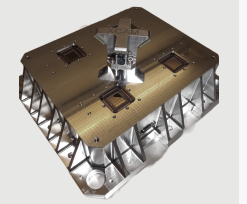Firefly Aerospace Wraps Up Lander Construction Before NASA’s Lunar Mission
9th Oct 2023
On 4th October, Firefly Aerospace announced that it completed developing and assembling its Blue Ghost lander structure and fluid systems. Firefly’s initial lunar mission is scheduled to launch in 2024 and will focus on a variety of technology demonstrations and scientific investigations conducted on the Moon’s surface. This mission is part of Firefly’s trio of task orders awarded under NASA CLPS, amounting to more than $230 million.
Firefly Aerospace completes lander structure
Firefly’s rapid development, construction, and evaluation of the Blue Ghost lunar lander are attributed to its internal manufacturing and testing capabilities. All crucial components of the lander, including panels, struts, legs, harnesses, avionics, batteries, and thrusters, were designed and produced in-house, leveraging established, flight-proven technologies shared with Firefly’s launch and orbital vehicles.
Bill Weber, CEO of Firefly Aerospace, had this to say:
“The Firefly team is extremely passionate and dedicated to overcoming any challenge knowing the important role these missions will have in paving the way for the future of space exploration and our nation’s growing lunar economy. It’s an exciting accomplishment to see our Blue Ghost lander assembled in Firefly’s Texas spacecraft facility as we get ready to land on the Moon next year.”
Rigorous qualification tests were conducted on both the assembled Blue Ghost structure and individual components to ensure the lander’s resilience under various launch, transit, and landing conditions.
The Blue Ghost Mission 1 Overview
The Blue Ghost Mission 1 is set to transport commercial and government payloads, including ten instruments sponsored by NASA, to the Mare Crisium region on the Moon’s near side. These payloads are instrumental in advancing NASA’s objectives for establishing a lasting lunar presence.
Several pioneering demonstrations include assessments of regolith sample collection, Global Navigation Satellite System (GNSS) capabilities, radiation-resistant computing, and methods for mitigating lunar dust. Nearly all of these payloads have undergone processing at Firefly’s facility and have cleared fit checks and functional verifications on the lander.
Key Components of the Blue Ghost Mission 1
The forthcoming significant milestones for Blue Ghost Mission 1 entail integrating the payloads and subsequently subjecting them to environmental testing in preparation for the mission’s launch in 2024.
In parallel, Firefly Aerospace is gearing up for its second lunar mission, Blue Ghost Mission 2, which will initially place a satellite into lunar orbit. Subsequently, it will transport numerous payloads to the far side of the Moon in 2026. Mission 2 retains the available capacity for offering payload delivery and orbital services to commercial customers.
Jana Spruce, Vice President of Spacecraft at Firefly Aerospace, released this statement:
“Firefly is able to have more control over our mission schedules and less dependency on the supply chain thanks to our in-house manufacturing capabilities and facilities that accommodate the development of multiple landers. Our vertically integrated approach with shared components across our vehicles further enables scaled efficiencies, lower costs, and quality assurance that we pass on to our customers.”







Thank you for your comment! It will be visible on the site after moderation.